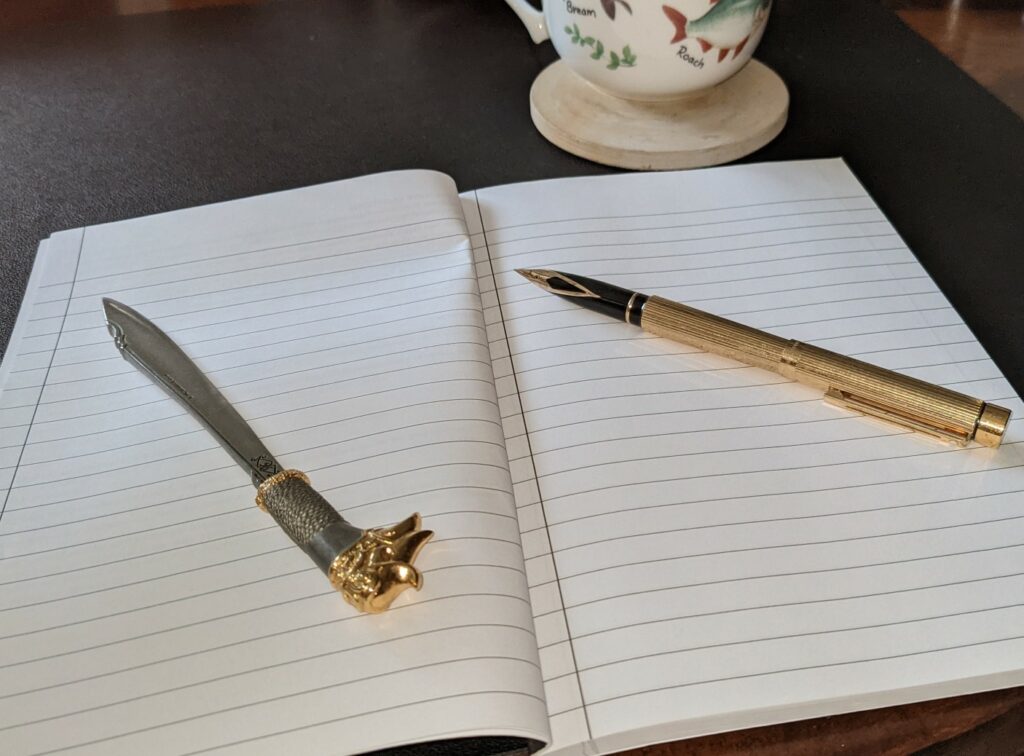Writing novels is not unlike writing music. I am talking about bigger compositions – symphonies and instrumental concertos. But we can also include some better pop pieces.
If an author (or composer) wants to describe the mood and feelings, he or she can come up with the own form which fits his or her vision.
However, if he wishes to relate the story, then there are some rules.
As has happened many times before, we would start with Aristotle (How come that this little region of the world, in that certain time, came to define our civilization to that extent?)
He defined dramatic structure for story, a definition which withstood the test of time. It was composed of three parts: the beginning, the middle and the end. Astonishingly simple formula (most fundamental laws are defined in simple principles, just look around).
The beginning, the middle and the end. Freytag then modified it to exposition, raising action, the climax, failing action and denouement. The same ideas, still taken and modified from Aristotle. For centuries, authors tried to expand it to five, then to eight parts, but the main structure is remarkably valid and still remains. The beginning, the middle and the end.
It comes to mind that the entire European philosophy was described as footnotes to Plato. Plato, who was a pupil of Socrates, was in turn a teacher of Aristotle. As one can see, all this comes nicely together, (how come that this entire region of the world… oh never mind.) All the other models for a dramatic story are footnotes to Aristotle’s protasis, epistasis and catastrophe, which is the beginning, the middle and the end. We look at most of the novels, plays and films and this structure is easily recognizable. It’s been used for centuries (millennia?) and it works. There must be something to it.
In music, a sonata allegro form is the most universal form of composition. Again three parts, this time the parts are contrasting with the tempo (speed) at which they are played. The fast, the slow and again the fast. Most of the classical music in the beginning was written in this form, later on modified depending on the time period and creativity of the particular composer. But the basic structure was being preserved because it works. There must be something to it.
And there is more. Any novel is divided into chapters, scenes, paragraphs, sentences, which in turn are being constructed of words and letters, which are the atoms of the novel.
In a music piece, we have similar parts and all goes down to notes, which again are the atoms of the composition.
The basic structure of the novel and music composition appeals to our sense of beauty. But how do we define that? Is it possible? How do we describe and quantify the Mona Lisa’s smile? Is it possible at all?
Not everything which counts can be counted,
Not everything which can be counted counts.
Albert Einstein (?)


